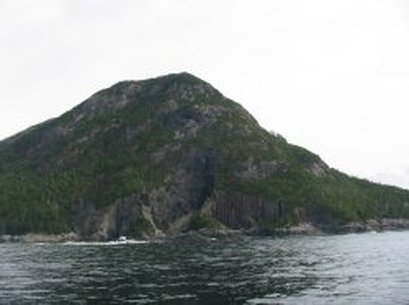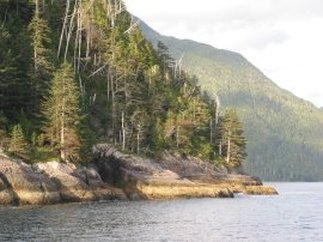Wind Development Models

Coast of British Columbia
The Craighead Institute is working with the University of California Santa Cruz to apply fluid dynamics wind models to the BC coast to determine areas of highest potential for wind power development. The Institute has developed an analysis framework to integrate data on marine bird distribution and movement in order to determine areas of greatest risk for negative impacts on marine birds. This framework can then be used for other taxa and other types of development. Outcomes of the project include:
- ∙ Compilation of data to inform policy makers of potential sites for wind development that have minimal conflict with bird populations, including migratory species.
- ∙ Distribution of a project report which will provide data on ecologically sound choices for wind farm development in the eastern Pacific.
- ∙ Recommendations for additional practicable resource mapping of the west coast of North America.

